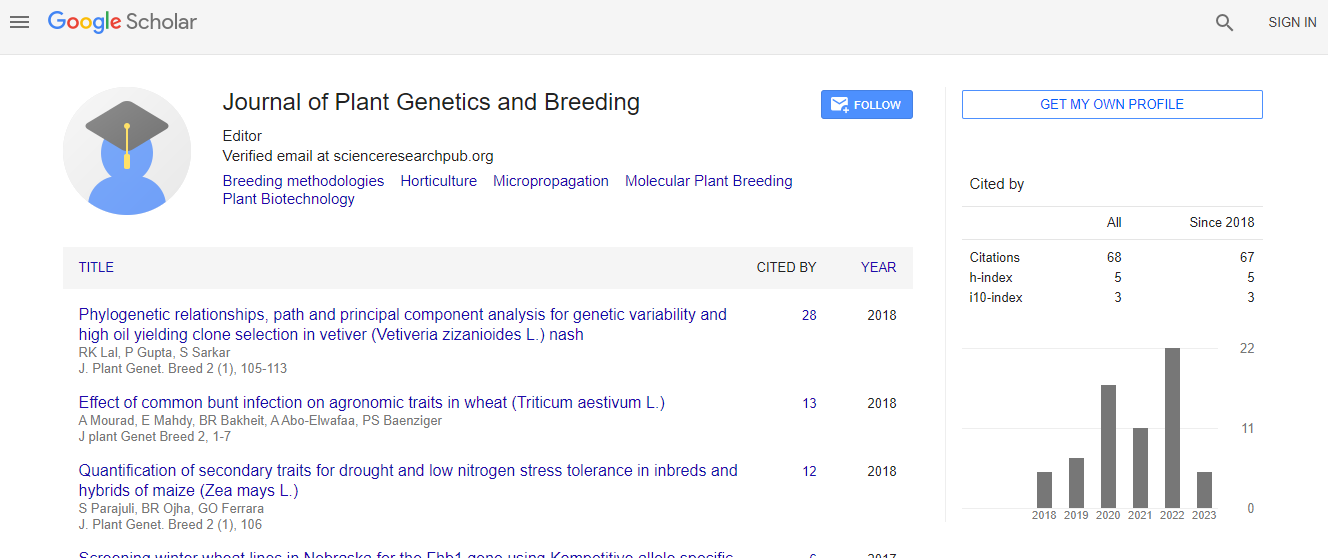Construction of Full-length infectious clones for Ugandan cassava brown streak virus (UCBSV)
*Corresponding Author:
Copyright: © 2020 . This is an open-access article distributed under the terms of the Creative Commons Attribution License, which permits unrestricted use, distribution, and reproduction in any medium, provided the original author and source are credited.
Abstract
Statement of the Problem: Infectious clones are important tools for understanding viral pathogenesis which can allow for the development of appropriate viral control strategies. Infectious clones can also be used as a uniform viral source for testing breeding lines. For cassava brown streak virus, there has been a lack of infectious clones which has limited the potential to effectively understand the viral pathogenesis mechanism of this virus. The purpose of this work was to construct full-length infectious clones of the Ugandan cassava brown streak virus. The infectious clones are to subsequently be used in screening cassava breeding lines for resistance to the virus. The infectious clone was found to infect both the model host plants N. benthamiana and the target cassava plant. The infections caused by the generated infectious clones were similar to those caused by the wildtype UCBSV virus. Conclusion & Significance: This work has provided the first report on the construction of full length infectious clones of the UCBSV virus. The infectious clones are further going to be very useful tools in understanding UCBSV viral pathogenicity and hence guide in control of the virus.

 Spanish
Spanish  Chinese
Chinese  Russian
Russian  German
German  French
French  Japanese
Japanese  Portuguese
Portuguese  Hindi
Hindi 